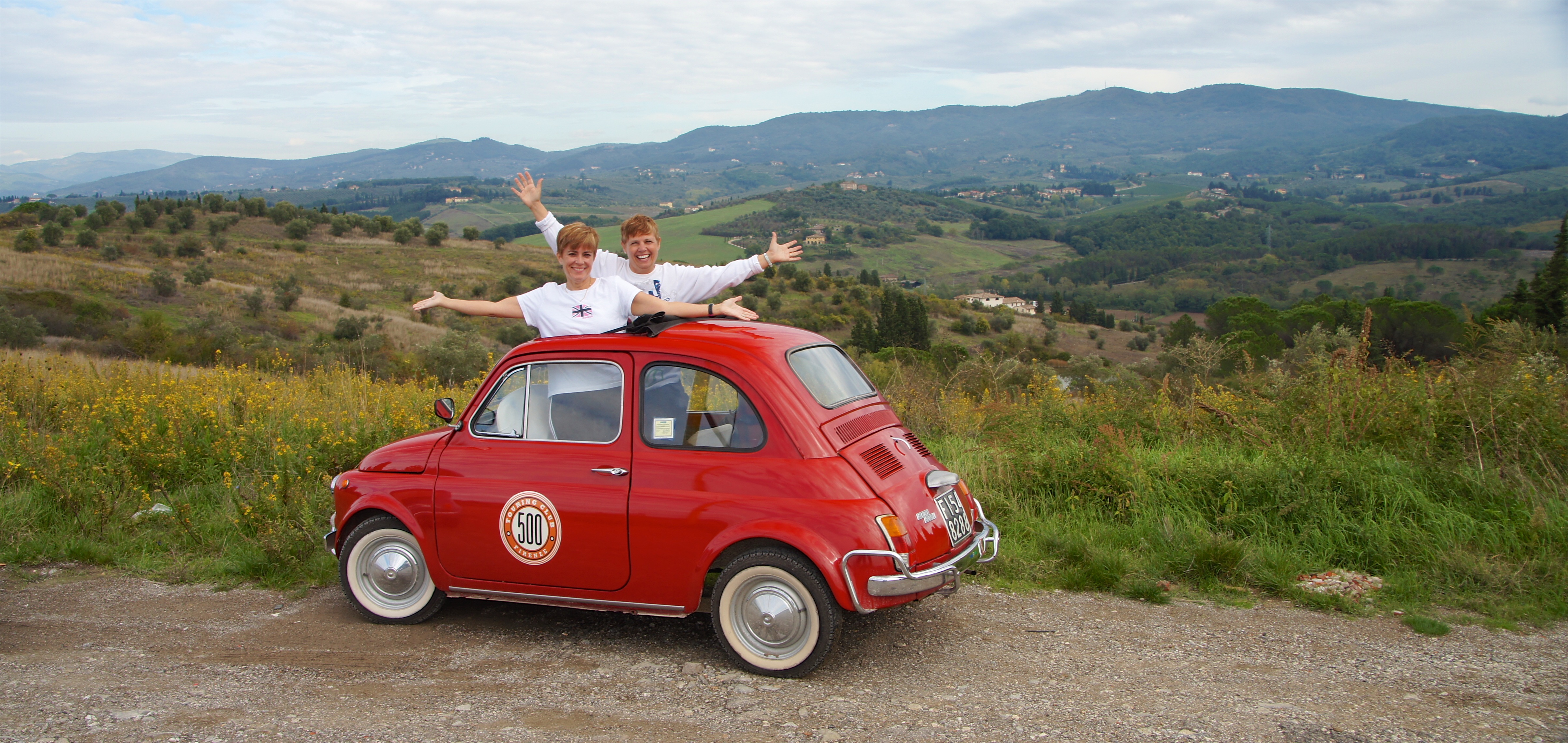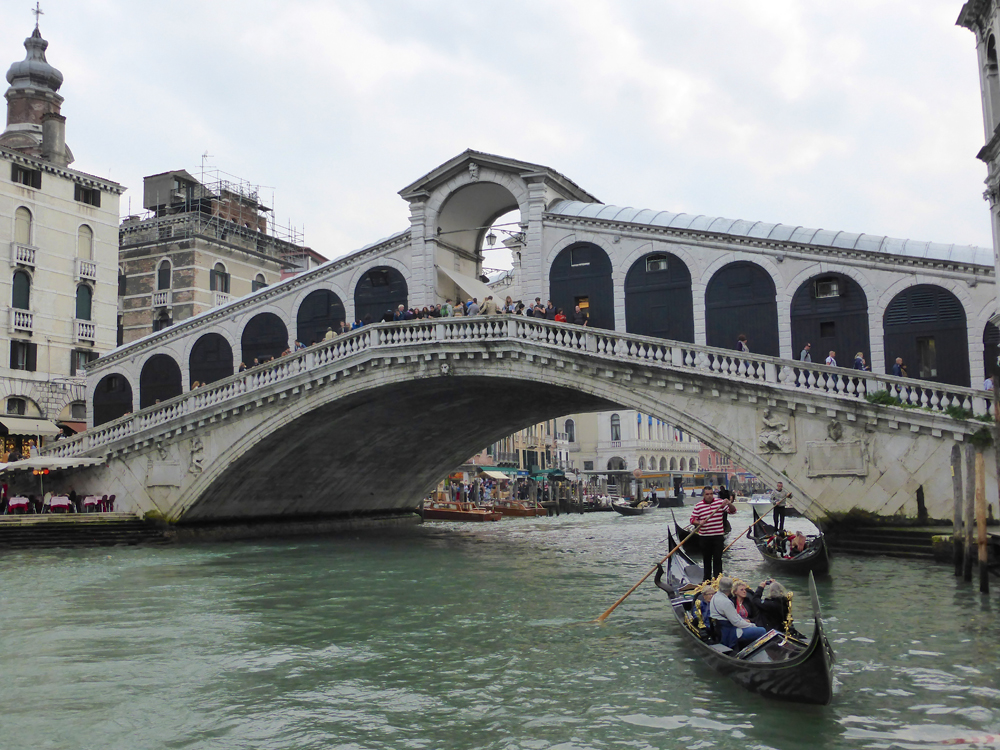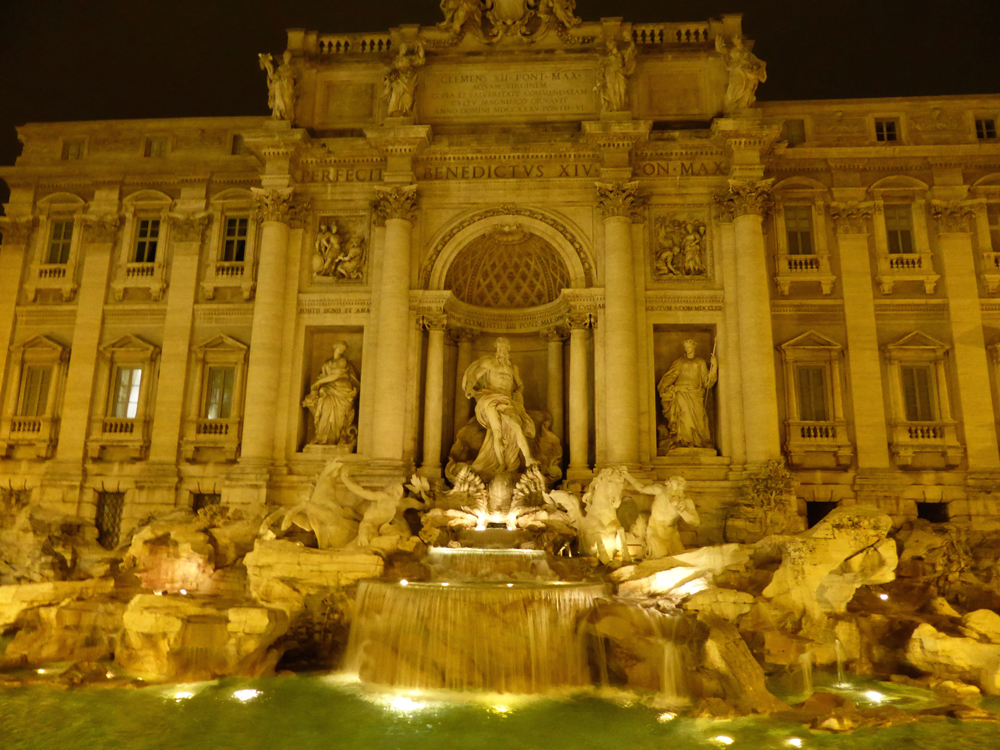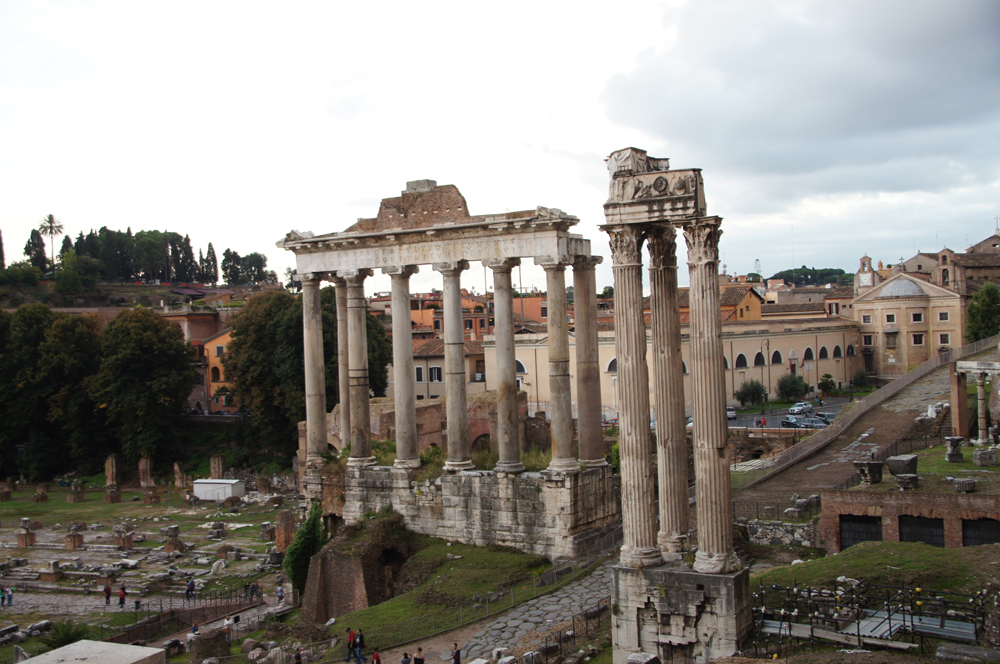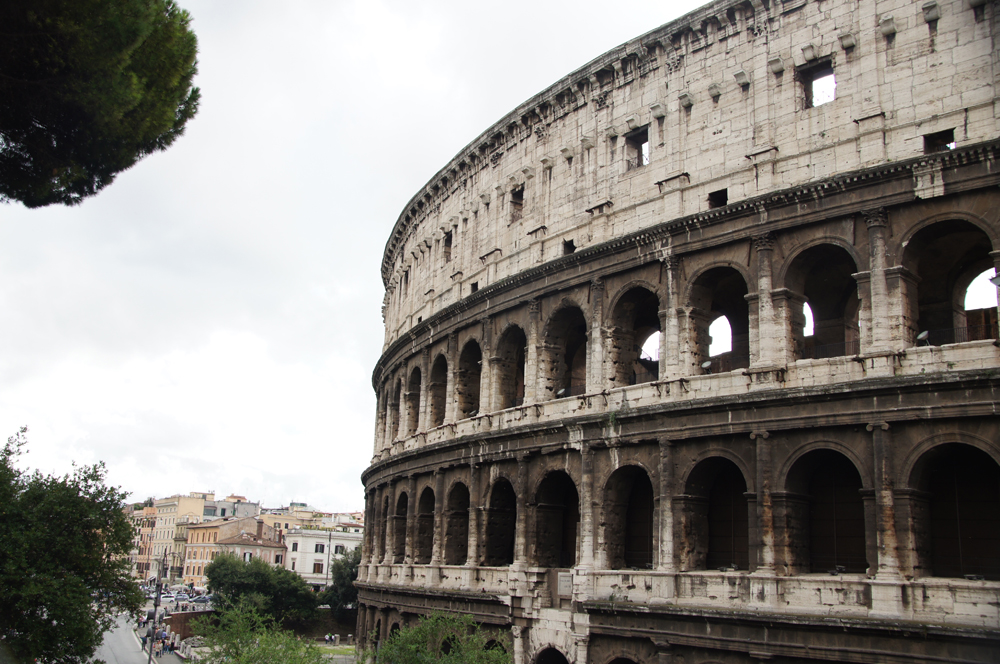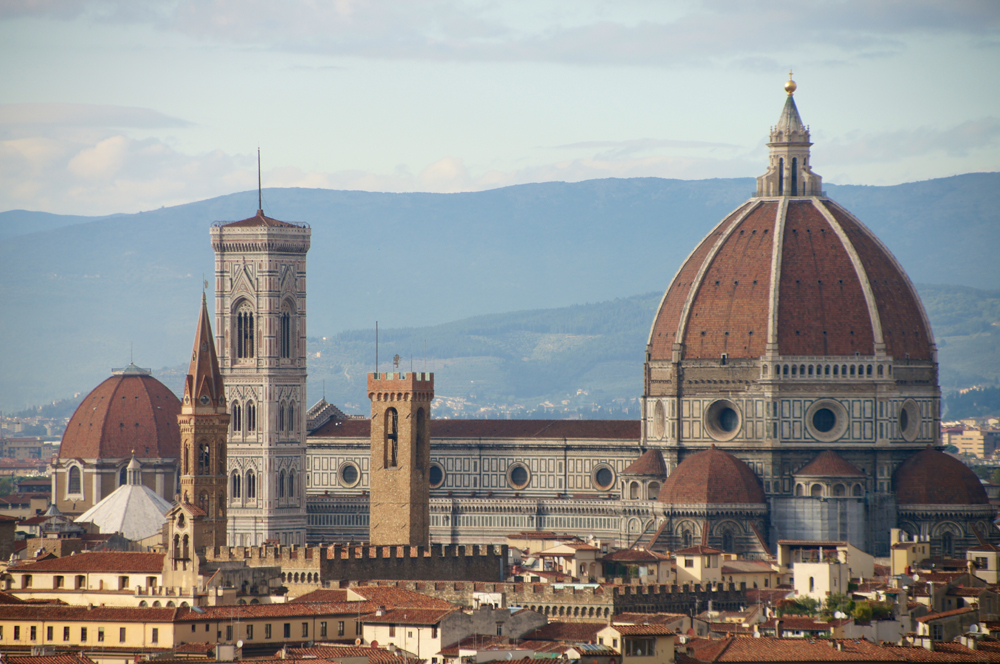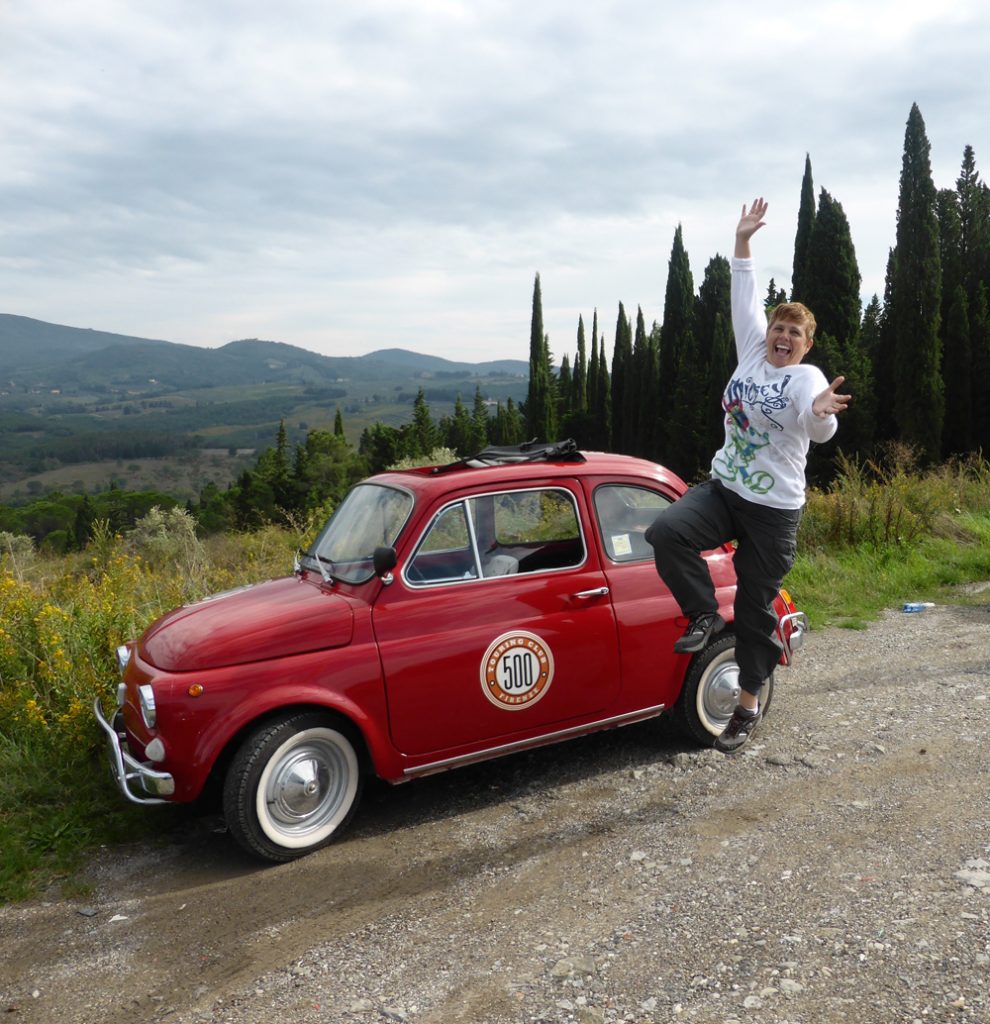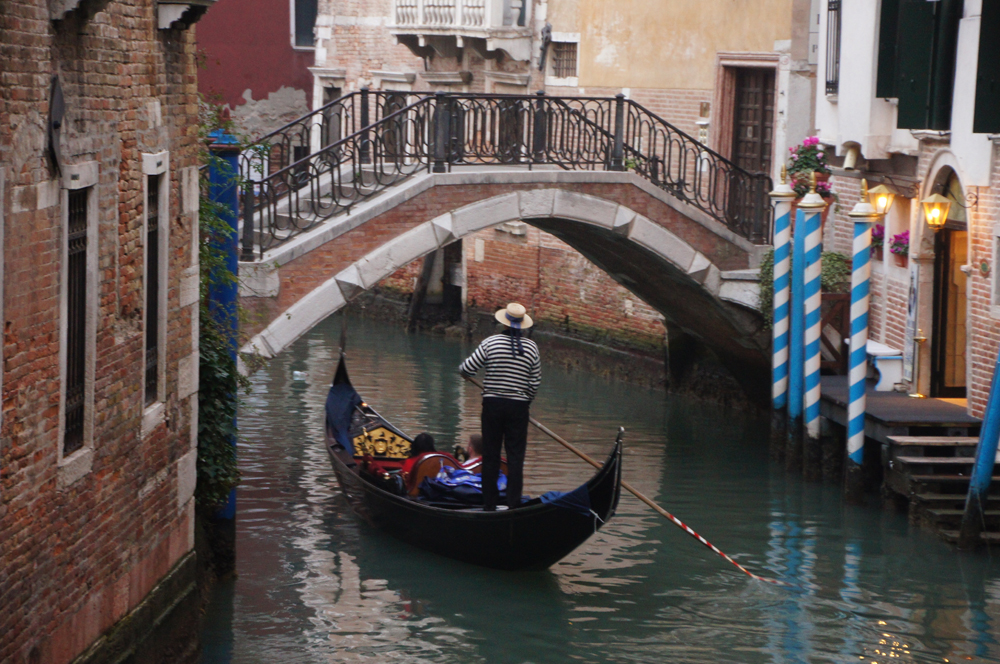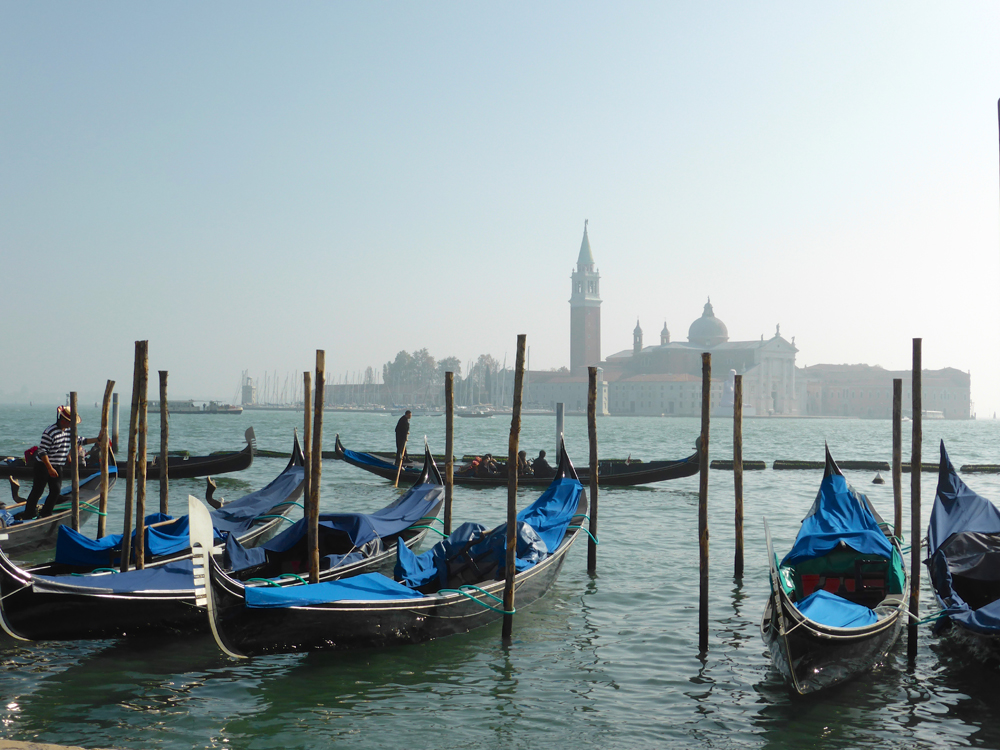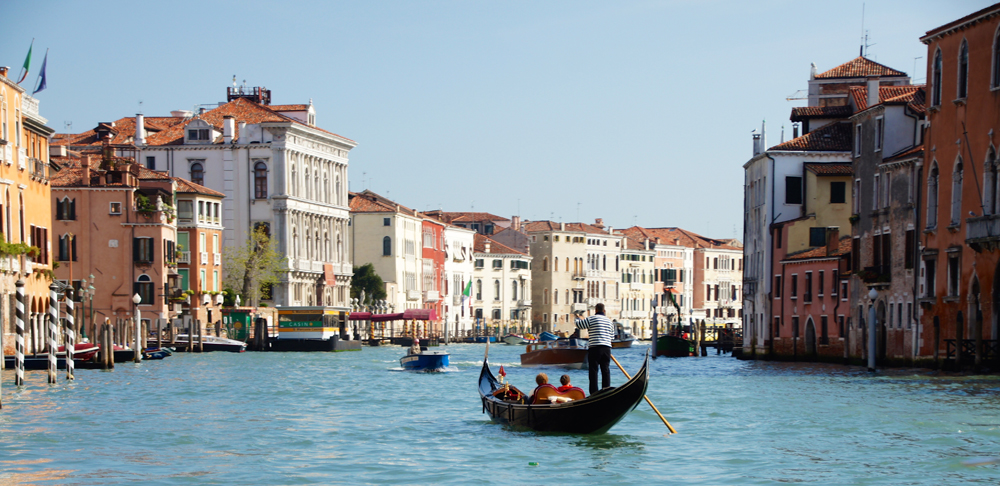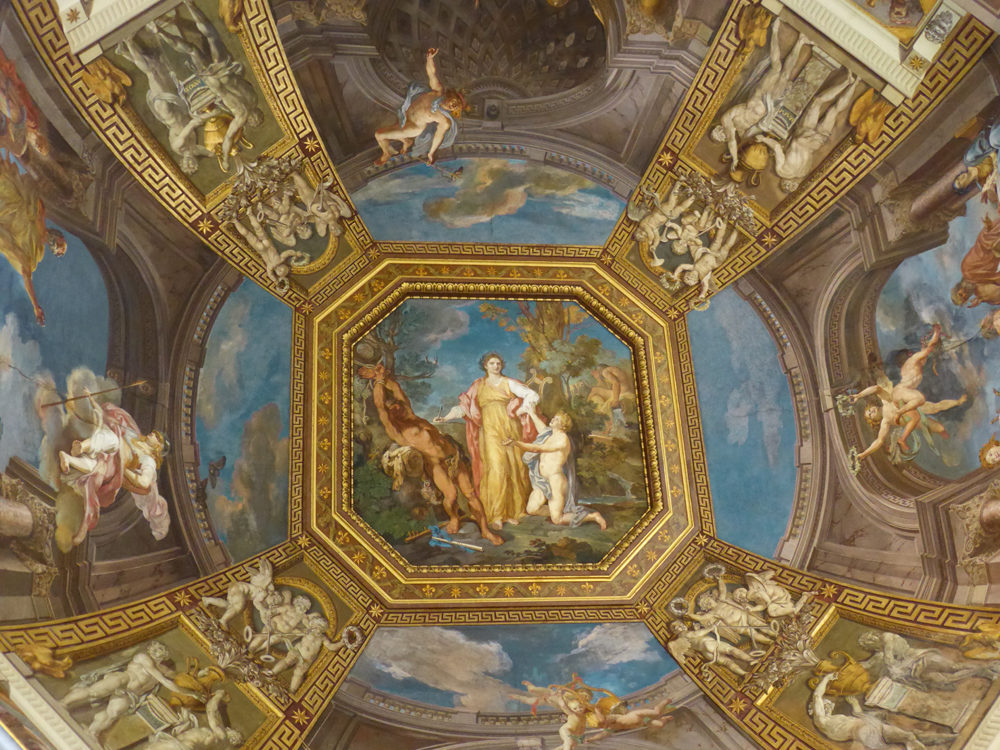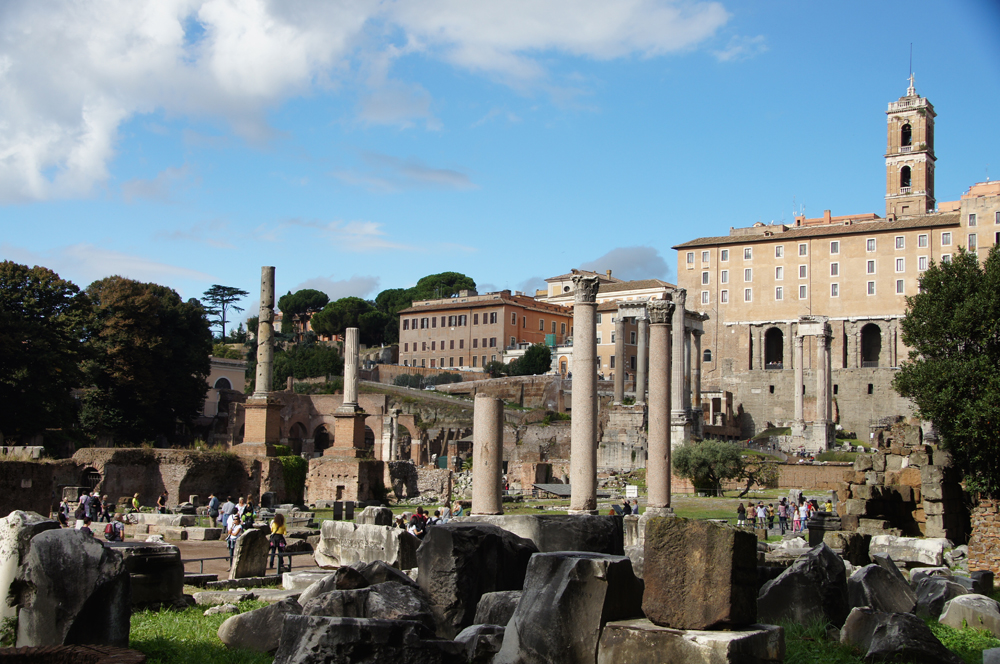Italy – Europe’s cradle of passion, beauty, and culture
Italy is a nation that many of us feel we know, even if we have never visited. Over 17 million Americans claim Italian descent, but even if our name doesn’t end in a chic European vowel, if our only impression comes from loving Audrey Hepburn in Roman Holiday, there is a little Italian in all of us.
That familiar, boot-shaped peninsula, jutting out into the Mediterranean, has been a unified nation for less time than the USA, and remains a country of contrasts, of regions, and mixed identities. In the north it is affluent, chilly, and middle European; in the south it swelters in the heat, feels the occasional African breeze, and still lives the old way in atmospheric, medieval streets, overlooked by ornate churches.
 Discovering Italy is a lifetime’s work, and regular visitors find their own favorite regions, become honorary Tuscans, temporary Neapolitans, or would-be Sicilians. The great cities are an obvious starting point: Rome for the history, Florence for the art, Venice for the canals.
Discovering Italy is a lifetime’s work, and regular visitors find their own favorite regions, become honorary Tuscans, temporary Neapolitans, or would-be Sicilians. The great cities are an obvious starting point: Rome for the history, Florence for the art, Venice for the canals.
Rome was the starting point for two empires that conquered much of the known worldP the ancient Romans and the Catholic Church. Tourist numbers are shared pretty equally between the imposing Roman Forum, where the basics of modern Western law and governance were formulated a century before Christ, and the mighty St. Peter’s Basilica, where the fine print of Christianity was revised, endlessly.
Beyond the heritage lies a vibrant, romantic city, where visitors must linger on the Spanish Steps, throw a coin in the Trevi Fountain, and imagine they have a bit part in a Fellini movie.

For cultural masterpieces of an earlier era, head north to Florence, home of the Uffizi Gallery. The Italian Renaissance witnessed the most dramatic advances in Western art ever, and the glories of the era are collected in this elegant palace. From Michelangelo to Botticelli, Titian to Giotto, the Uffizi offers sensory overload, a heady journey into history, visionary genius, and gift shop heaven.Florence is the jewel of Tuscany, a lush country of rolling hills, spectacular villas, beautiful fortress towns, and colorful rituals like the Palio of Siena, a dramatic summer horse-race around the town square.
To the east, lording over the Adriatic, Venice is sinking. It has been for centuries, the timber piles that support its palaces gradually rotting into the lagoon. The footfall of millions of tourists isn’t helping, but despite the impending sense of doom, Venice remains one of Europe’s must-sees, a powerfully sensuous city of water, bridges, history, and character.
St. Mark’s Basilica is the focal point, the great illuminated cathedral and its square offering air and light before visitors explore the network of canals, alleys, and waterfront bars. Venice’s splendor is fading, but she is still an alluring queen.
Other cities and regions exert their pull. Verona is Juliet’s city, ancient, wealthy, and enticing. Ravenna is a mesmeric old Byzantine capital, gloriously preserved. Milan is the fashion capital of Europe.
 Beyond the cities, the Cinque Terre, in the north-west, is one of Italy’s most fabulously scenic destinations, a cluster of five fishing villages strung along a dramatic coastline. The roads wind among glorious vistas, while the railway line clings to the cliff-face, disappearing into tunnels, before emerging to another breathtaking view of the turquoise Mediterranean.
Beyond the cities, the Cinque Terre, in the north-west, is one of Italy’s most fabulously scenic destinations, a cluster of five fishing villages strung along a dramatic coastline. The roads wind among glorious vistas, while the railway line clings to the cliff-face, disappearing into tunnels, before emerging to another breathtaking view of the turquoise Mediterranean.
Sidestepping the claims of the French, it’s reasonable to suggest that visitors will never eat as well as in Italy. We all think we know and love Italian cuisine, but a visit to the old country is a chastening reminder that the American version has lost plenty in translation. Actually, a single espresso in Turin is enough to discover that truth.
The authentic street-food pizza of Naples, thin, crisp, charred and simple, is an ocean away from a Chicago deep-dish. The rich pasta dishes and ragu of Italy’s culinary capital, Bologna, cannot be found from a supermarket jar. Again, regional specialties are the rule. One of the most satisfying mornings for any visitor is a visit to a city market, maybe sizing up the Parmesan and prosciutto in Parma, or admiring the squash, aubergines and artichokes in Palermo.
 You will need some wine to accompany those superb meals. Vines have been cultivated in Italy for about three millennia so it’s fair to say the Italians have acquired some expertiese in wine production. The Sangiovese grape is the key to many of Italy’s finest red wines, particularly Tuscan Chianti. The Nebbiolo, cultivated further north in Piedmont, produces the famous, and sometimes very expensive, Barolo and Barbaresco. Whites range from fresh and fruity Pinot Grigio, to dense, floral dessert wines.
You will need some wine to accompany those superb meals. Vines have been cultivated in Italy for about three millennia so it’s fair to say the Italians have acquired some expertiese in wine production. The Sangiovese grape is the key to many of Italy’s finest red wines, particularly Tuscan Chianti. The Nebbiolo, cultivated further north in Piedmont, produces the famous, and sometimes very expensive, Barolo and Barbaresco. Whites range from fresh and fruity Pinot Grigio, to dense, floral dessert wines.
The appeal of Italian wines, and food, and travel, however, lies in the regions. It’s a country that rewards the curious traveler, the explorer willing to discover a great little vineyard, to wander off the main streets and find a family-run trattoria. Italy remains a cradle of culture, romance and style, a unique and unforgettable destination.

